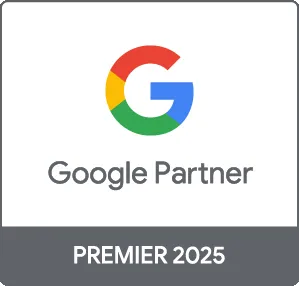Google Pay-Per-Click (PPC) advertising is a powerful digital marketing strategy that allows businesses to reach their target audience quickly and effectively. By placing ads on Google’s search engine results pages and across the Google Display Network, businesses can drive traffic, promote products, and generate leads. This guide explores the fundamentals of Google PPC, how it works, and best practices for maximizing your return on investment.
What is Google Pay-Per-Click Advertising?
Google Pay-Per-Click is an online advertising model where advertisers pay each time a user clicks on their ad. This means that you only pay for measurable results, making it a cost-effective option for businesses of all sizes. PPC ads typically appear above organic search results and on Google Display Network sites, reaching a wide audience.
How Does Google PPC Work?
The Google PPC model operates through an auction system. Here’s how it works:
- Keyword Research: Advertisers select keywords relevant to their business that potential customers might use when searching.
- Ad Auction: When a user searches for a keyword, Google runs an auction to determine which ads will show. This auction considers bid amount, ad relevance, and quality score.
- Ad Placement: Winning ads appear on the search results page, and the advertiser is charged based on the number of clicks received.
Benefits of Google Pay-Per-Click Advertising
Google PPC offers numerous advantages for businesses:
- Immediate Results: Unlike organic SEO strategies, PPC can generate traffic within hours of launching your campaigns.
- Targeted Reach: Advertisers can target specific demographics, locations, and interests, ensuring their ads reach the right audience.
- Cost Control: Businesses set their budgets, allowing for flexible spending based on their financial capabilities.
- Measurable ROI: Google Ads provides detailed analytics, helping businesses track conversions, clicks, and overall campaign performance.
Best Practices for Google PPC Campaigns
To get the most out of your Google PPC efforts, consider these best practices:
- Conduct Thorough Keyword Research: Use tools like Google Keyword Planner to identify high-performing keywords and phrases relevant to your business.
- Create Compelling Ad Copy: Write clear, persuasive, and engaging ad copy that encourages users to click through to your website.
- Optimize Landing Pages: Ensure your landing pages are relevant to the ad content and optimized for conversions.
- Continually Monitor and Adjust: Regularly review campaign performance and make necessary adjustments to improve results and reduce wasted spend.
Conclusion
Google Pay-Per-Click advertising is an effective way to drive traffic, generate leads, and boost your business's online presence. By understanding how it works and implementing best practices, you can leverage PPC to maximize your return on investment and achieve your marketing goals. At Prebo Digital, we specialize in creating tailored Google PPC campaigns that deliver results. Reach out to us today to start your PPC journey!





